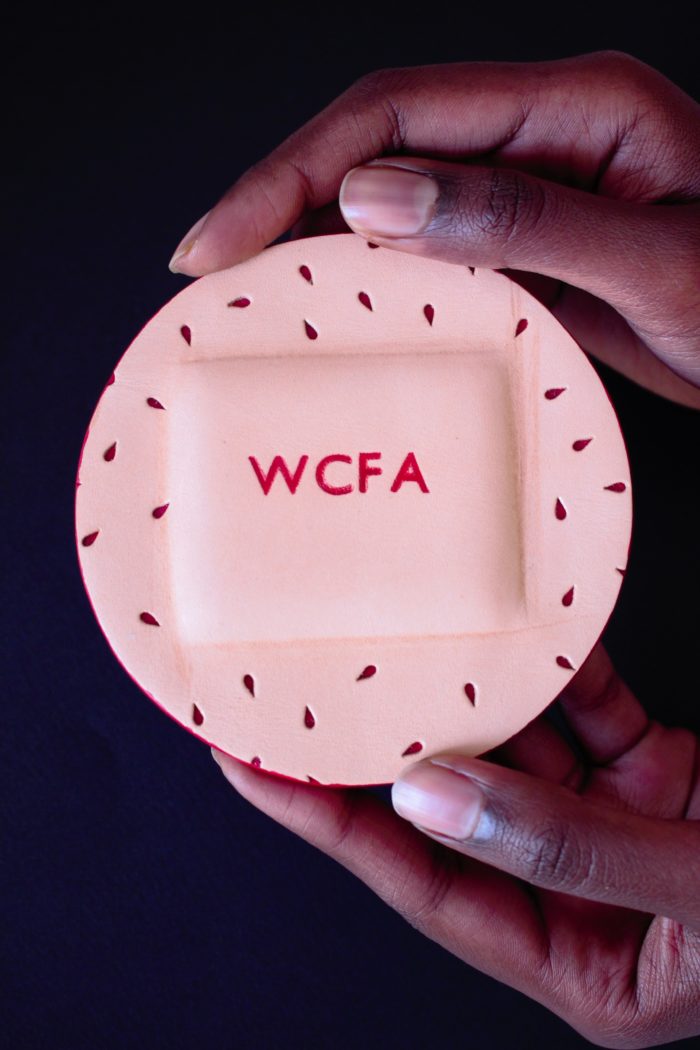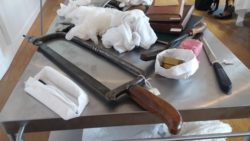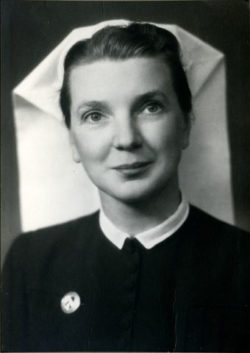Arts & Heritage
Graphic Recorder Tom Bailey captured the discussions at the workshops in his distinctive cartoon style. Tom is a freelance illustrator and well-being worker with Arts and Minds
Experimental Designer and Maker Jessie White also has some experience in nursing and care delivery. She was asked to make something to capture and promote discussion about either representations of the wounded body for patient centred care and/or how everyday artefacts of wound care in domestic or clinical use are entangled with identities and embodied experiences of health and illness. Jessie produced 'Wound Care for All'

Jessie White - WCFA - Commentary
Collections Curators from the Thackray Medical Museum, Lauren Ryall-Stockton and Catherine Robins have been helping us run object handling sessions at the workshops. Thackray Medical Museum tells the story of medicine from Roman times to the present day and cares for over 70,000 objects, archival items and books. Only a small selection of these can be displayed, with many more in storage. The museum works hard to facilitate access to these hidden collections and offers bookable group sessions as well as bespoke workshops, such as those for the Wound Care project. For more information about how to get up close to the history of medicine, visit their Group Tours page http://www.thackraymedicalmuseum.co.uk/visit/group-tours/
We have supported the digitisation of several of Dame Kathleen Raven’s notebooks from her training. These include notes taken during lectures at St. Bartholomew’s Hospital, London, and the City of London Maternity Hospital on a huge range of medical-related topics, including dietetics and surgery, anatomy and physiology, and gynaecology, drugs and the skin. An important of her training – and standard practice at the time – involved learning how to care for patients with surgical and chronic wounds. For example, during ‘Mr Hume’s Surgical Lectures’, Raven noted that in the case of immobile patients ‘[a]ny interference with the blood supply of the part, especially in ill people, may lead to the formation of an ulcer. When the skin is devitalised, organisms from the surface of the skin may invade the tissues, and this occurs commonly in bad nursing.’ (Kathleen Raven Papers, MS.1721/2/4).
The history of nursing itself has remained a largely neglected area in wider histories of medicine. This is at odds with the historical importance of nursing in healthcare, and the critical role played by nurses in the modern clinic and in the community. By making available primary sources such as these we hope that nursing histories – a key aspect of wound care – and histories of medical education and specialisation might become increasing objects of focus for future research. Further information at https://leedsunilibrary.wordpress.com/2017/11/09/new-digitisation-for-the-kathleen-raven-archive/


